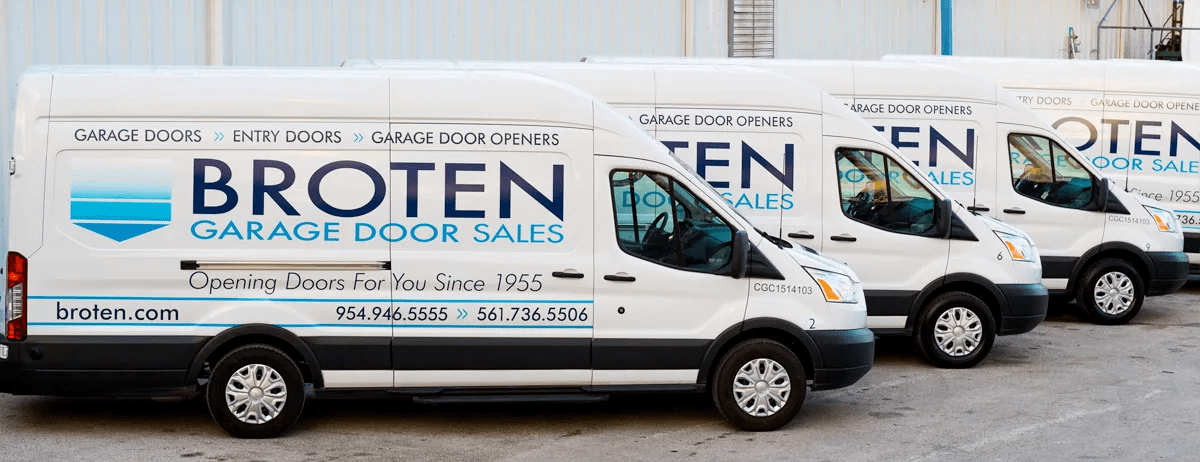Posted on: May 9, 2017
You probably don’t think of your garage door as a complicated piece of equipment. Its job is to look good on the front of your garage, keep cold air and thieves out and provide ventilation and access when you want to let the outdoors in. Today’s doors are a fair bit more complex than the predominantly mechanical equipment of the past.
Modern garage doors have multi-layered safety systems in them that require multiple subsystems to be in working order for the door to function correctly. It’s important to keep all these systems well maintained. If they break, you could potentially put yourself or your family in danger. Check out our infographic below to learn about common garage door problems and how to fix them.
Garage Door Problem Types
Garage door problems often fall into three categories:
- Faulty Electrical Equipment
- Broken Hardware
- Functional Issues
It’s important to know what kind of problem may be causing your garage door to not function properly. If you are unsure of what may be causing a problem, your best bet is to call a professional.
FAULTY ELECTRONIC EQUIPMENT
Photocells and transmitters are the main electrical components with every garage door. Keeping your garage door’s photocells and transmitters in good working condition is vital to the proper functioning of any garage door.
Before the implementation of photocells, whatever was in the way of your garage door when you pressed the button was getting crushed. You can understand why these laser-like safety devices that detect obstructions were implemented — small children and pets who didn’t know better were at serious risk before this development.
When cells get out of alignment or break, your door might not close all the way. Make sure these cells are functional and are properly aligned to avoid having to hold down the close button or otherwise override the door’s safety features.
Your door’s transmitter can be suspect at times as well. The first thing to check is the batteries, and that’s typically all that is needed to restore functionality. If you’ve got a blown transmitter, consult your vendor’s website for instructions on how to sync a new transmitter with your door’s motor. You may need professional help with this.
BROKEN HARDWARE
There are several main hardware components on a garage door, which include:
- tracks
- springs (typically either torsion or extension springs)
- cables
- panels
Springs and cables are critical components in raising and lowering your door. If one breaks, you’re stuck. Every garage door has a manual override so if it won’t raise, you can pull the cord and lift it manually, but you’ll want to have a professional come out and get your door working again. Working with springs on your own can be dangerous, and there’s no reason to take a chance with your safety.
Occasionally, a door will come off its tracks. This can happen with old doors that aren’t used often, if you’ve accidentally nudged the door, or backed into it in a hurry to leave. Similar to the spring and cable issues, you’ll want to get professional assistance when putting a door back on its tracks.
Replacing broken panels falls into this category, too. They need to be custom-measured and cut, and if you install them improperly, you won’t enjoy a complete door for very long. That’s a security risk, so call a pro.
FUNCTIONAL ISSUES
It might be that your garage door does work, but something about how it works is driving you crazy. For example, the door is extremely noisy or the motor runs but the door stays closed.
Make sure you’re keeping your garage door maintained by lubricating the springs, bearings, hinges rollers and bottom bracket. Check the disconnect cord if the motor runs but the door is shut — it might have accidentally triggered the manual override.
If you find the door works but doesn’t open or close all the way, get out your ladder and the owner’s manual for your garage door. Find out how to adjust the limit settings on the door, and you should be able to slowly work it back to the right setting.
With a little diligence and elbow grease, you’ll have a great working garage door that does its job and stays in the back of your mind. Follow these tips, and keep it that way!


